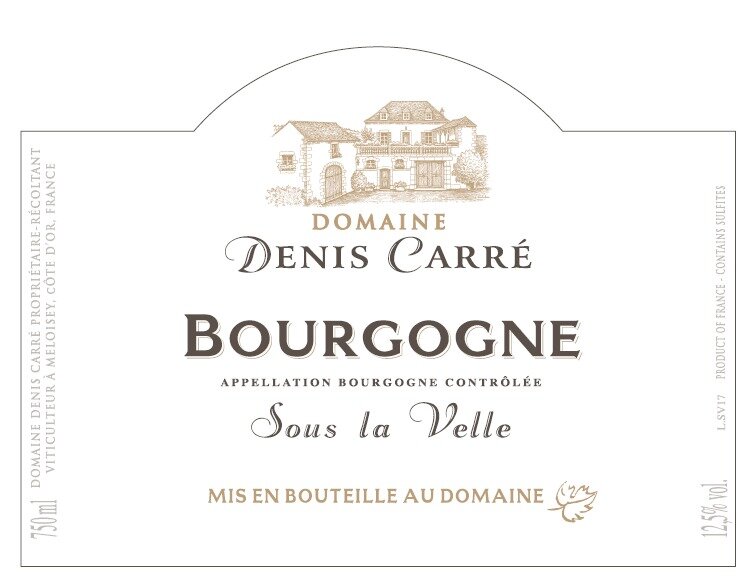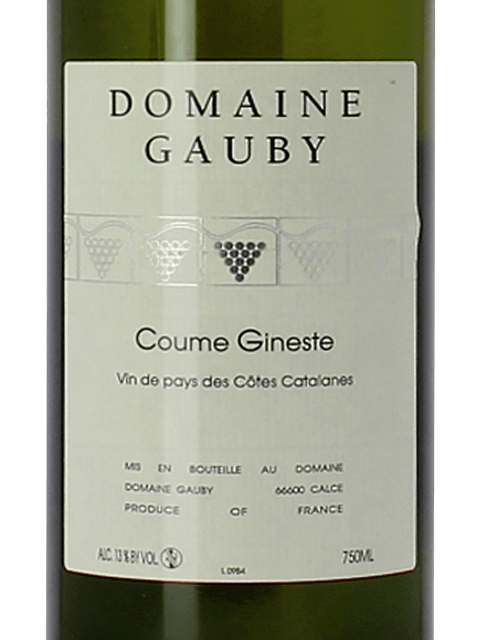Class Act
As the source of many of the world’s greatest grape varieties, France was the first country to enact a nationwide wine classification system based on place names and regulation of grape varieties and winemaking practices.
The basic idea is that the location represents a high quality wine. Although certain French regions, such as Bordeaux, had been recognized as the source of fine wines for centuries, and various local classifications existed, the goal of the laws enacted in the 1930’s was to define, protect and promote fine French wine. This concept of a protected and regulated designation of origin is the model for other EU countries systems and the EU wine laws.
Appellation d'Origine Contrôllée (AOC or AC) = regulated wine of origin
Except in Alsace, the grape varietal name is not included on the label as the French believe that the wine is a unique expression of the specific (and special!) character of a region, its terroir. Thus, the emphasis on the named location instead of grape.
All wines designated as AOC are not created equal, however. There are larger and smaller appellations, ranging from a region, such as Burgundy, which also contains another 500 AOC designations that can be as small as a single vineyard. AOCs within larger AOCs are known as nested appellations and the smallest are generally the highest quality. Champagne is at the other extreme, however, as the entire region falls under a single AOC.
Another important point as to quality is that although initially very selective, the AOC category has been expanded so that it now includes over 40% of French wine.
Vin Délimité de Qualité Supérieure (VDQS)
This minuscule category covered only about 1% of French wines and served mainly as a steppingstone to AOC status. It had fewer restrictions than AOC and was eliminated in 2011.
Vin de Pays ( country wine)
There are three tiers of Vin de Pays: regional, departmental and local. The label indicates not only a French wine it also displays the grape variety. Winemakers must use specific grape varieties but regulations are less restrictive than for AOC wines. There are six regional Vin de Pays.
Vin de Pays des Vignobles de France covers most of the country.
The most important is Vin de Pays d'Oc as it covers the Languedoc region that produces over 75% of the vins de pays.
Underneath the regional designations, there 52 departments.
Finally there are over 90 Vins de Pays de Zone with production regulations, sometimes approaching the strictness of AOC laws.
Vin de Table (table wine)
This least regulated classification covers about 25% percent of the wine produced in France. There are few restrictions - vin de tables do not display grape varieties or vintages. Grapes may be sourced from other EU countries. If it is marked vin de table française, then all of the grapes were grown in France. Much of this wine never leaves the country.
In theory, this is a hierarchical system. However, as the system relies on the primacy of location and regulations, it does not recognize the importance of the winemaker and leaves little room for experimentation or variation in style. There are winemakers in France who do not wish to be constrained by the AOC regulations but who may produce excellent wines that will be designated vin de pays or vin de table.
To learn more about how to decode European wines, check out my European Wine Cheat Sheet, which connects grape varieties to their region.








